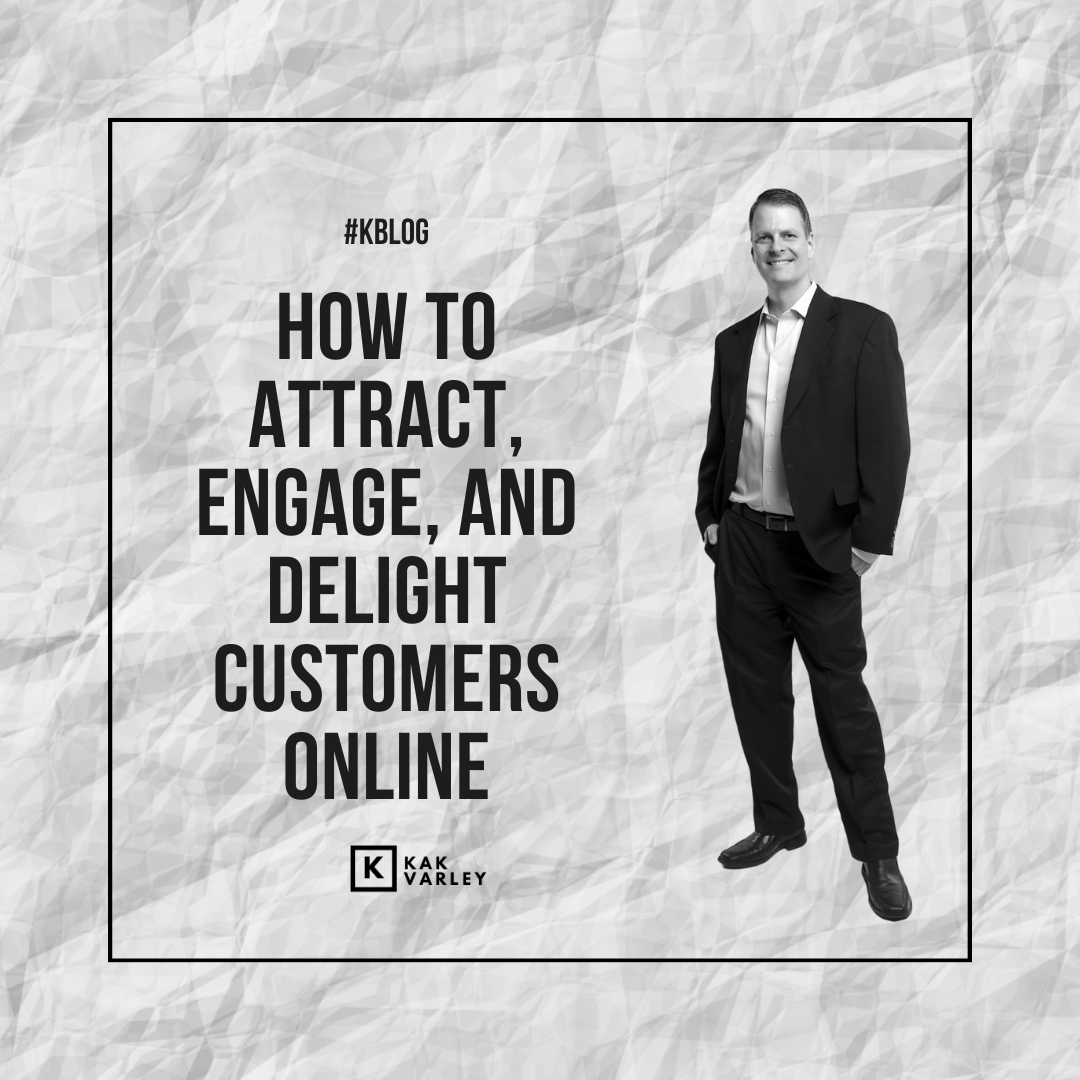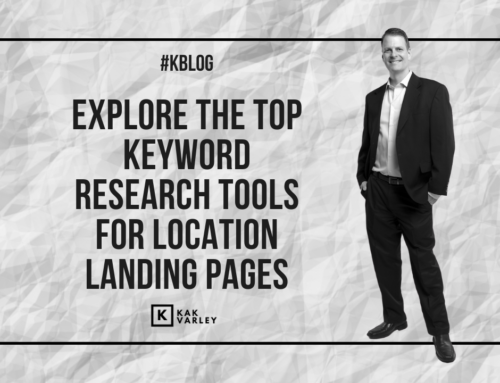
If you’re looking for a way to attract, engage, and delight your customers online, then inbound marketing may be the solution you’ve been searching for. Inbound marketing is a comprehensive strategy that focuses on creating valuable content that attracts potential customers to your website, engaging with them through personalized experiences, and ultimately delighting them with exceptional service that keeps them coming back for more.
Understanding inbound marketing is the first step to implementing this powerful strategy. At its core, inbound marketing is about creating a customer-centric approach that focuses on creating content that is useful, relevant, and engaging. By providing your customers with valuable information, you can establish your brand as a trusted authority in your industry, which can lead to increased traffic, higher conversion rates, and improved customer loyalty.
Attracting prospects online is the next step in the inbound marketing process. By creating content that is optimized for search engines and social media, you can increase your visibility and attract potential customers to your website. Once you have attracted those prospects, the next step is to engage and convert them into paying customers. By providing personalized experiences that meet their specific needs, you can build a relationship with your customers that leads to increased sales and long-term loyalty. Finally, by delighting your customers with exceptional service, you can turn them into brand advocates who will promote your business to others.
Key Takeaways
- Inbound marketing is a customer-centric approach that focuses on creating valuable content to attract, engage, and delight customers online.
- Attracting prospects online involves optimizing content for search engines and social media to increase visibility.
- Engaging and converting customers requires personalized experiences that meet their specific needs, while delighting customers leads to long-term loyalty and brand advocacy.
Understanding Inbound Marketing
Inbound marketing is a customer-centric approach to marketing that focuses on attracting, engaging, and delighting customers by providing them with valuable content and experiences. Unlike outbound marketing, which interrupts people with ads and other messages, inbound marketing seeks to attract potential customers to your business by providing them with helpful information and resources.
Difference Between Inbound and Outbound Marketing
Outbound marketing is a traditional form of marketing that involves interrupting people with ads, cold calls, and other promotional messages. Outbound marketing is often seen as intrusive and annoying, and it can be expensive and ineffective.
Inbound marketing, on the other hand, is a more customer-friendly approach that seeks to attract potential customers to your business by providing them with valuable content and experiences. Inbound marketing is often more effective than outbound marketing because it is more targeted and it builds trust and credibility with potential customers.
Inbound Marketing Strategy
An effective inbound marketing strategy involves four key steps:
- Attract: The first step in an inbound marketing strategy is to attract potential customers to your business by creating valuable content and experiences that they will find helpful and engaging. This can include blog posts, videos, social media posts, and other types of content that address the needs and interests of your target audience.
- Convert: Once you have attracted potential customers to your business, the next step is to convert them into leads by offering them something of value in exchange for their contact information. This could be a free e-book, white paper, or other type of resource that is relevant to their needs and interests.
- Close: The third step in an inbound marketing strategy is to close the sale by nurturing leads with targeted emails, offers, and other types of content that are designed to move them further down the sales funnel. This can include product demos, free trials, and other types of content that help potential customers make informed purchasing decisions.
- Delight: The final step of an inbound marketing strategy is to delight your customers by providing them with exceptional customer service and support. This can include personalized emails, loyalty programs, and other types of content that show your customers that you value their business and are committed to their success.
By following these four steps, you can create an effective inbound marketing strategy that attracts, engages, and delights your customers, and helps your business grow.
Attracting Prospects Online
Attracting potential customers to your website is the first step in inbound marketing. In this section, we will discuss some effective ways to attract prospects online.
Creating Remarkable Content
Creating remarkable content is crucial to attracting prospects online. Your content should be informative, engaging, and relevant to your target audience. You can create various types of content such as blog posts, infographics, videos, and e-books. Make sure your content is optimized for SEO and includes relevant keywords.
SEO Strategy
Optimizing your website for search engines is an essential part of attracting prospects online. Your SEO strategy should include keyword research, on-page optimization, and off-page optimization. Make sure your website is mobile-friendly, loads quickly, and includes meta descriptions and title tags.
Social Media Engagement
Engaging with your target audience on social media is an effective way to attract prospects online. You can use social media platforms such as Facebook, Twitter, LinkedIn, and Instagram to share your content, interact with your followers, and build brand awareness. Make sure you post regularly and respond to comments and messages promptly.
In other words, attracting prospects online requires creating remarkable content, implementing an effective SEO strategy, and engaging with your target audience on social media. By following these tips, you can attract more prospects to your website and increase your chances of converting them into customers.
Engaging and Converting Customers
Once you have attracted potential customers to your website, the next step is to engage them and convert them into leads. This involves building a relationship with them and providing them with valuable content that addresses their needs and pain points.
Lead Nurturing
Lead nurturing is the process of building relationships with potential customers and guiding them through the sales funnel. This involves providing them with relevant and valuable content that addresses their needs and pain points at each stage of the funnel.
To effectively nurture leads, you need to understand their behavior and preferences. This involves tracking their interactions with your website and content, and using this information to personalize your communication with them.
Using Essential Tools
There are several essential tools that can help you engage and convert customers more effectively. These include:
- Email marketing software: This allows you to send personalized and targeted emails to your leads and customers.
- Marketing automation software: This automates repetitive marketing tasks and allows you to personalize your communication with leads and customers.
- Customer relationship management (CRM) software: This helps you manage your interactions with leads and customers and track their behavior and preferences.
Website and Landing Page Optimization
Your website and landing pages are critical components of your inbound marketing strategy. They need to be optimized to engage visitors and convert them into leads.
To optimize your website and landing pages, you need to:
- Ensure they are mobile-friendly and load quickly.
- Use clear and compelling headlines and copy.
- Include strong calls-to-action that encourage visitors to take action.
- Use images and videos to engage visitors and communicate your message effectively.
By following these best practices, you can engage and convert customers more effectively and build lasting relationships with them.
Delighting Customers for Retention
To keep customers coming back, it’s important to not only attract and engage them but also to delight them. Delighting customers means exceeding their expectations and providing an exceptional experience that leaves them feeling satisfied and happy. Here are some ways to delight your customers for retention:
Customer Service Excellence
One of the most important aspects of delighting customers is providing excellent customer service. This means being responsive, helpful, and friendly when customers have questions or issues. Make sure your customer service team is well-trained and equipped to handle any situation that may arise. Respond to inquiries promptly, and be sure to follow up to ensure that the customer’s issue has been resolved to their satisfaction.
Creating Delighted Customers
In addition to providing excellent customer service, there are other ways to create delighted customers. Here are a few ideas:
- Personalization: Personalize your interactions with customers by using their name and other relevant information. This can help create a more personalized and memorable experience.
- Surprise and Delight: Surprise and delight your customers by offering unexpected perks or rewards. For example, you could offer a free gift with purchase or provide a discount on their next purchase.
- Anticipate Needs: Anticipate your customers’ needs and provide solutions before they even ask. For example, if you notice a customer frequently orders a certain product, you could offer a subscription service to ensure they always have it on hand.
- Listen to Feedback: Listen to your customers’ feedback and make changes accordingly. This shows that you value their opinion and are committed to providing the best possible experience.
By delighting your customers, you can create loyal customers who will continue to do business with you and recommend your company to others. Remember, it’s not just about making a sale – it’s about creating a positive and memorable experience that will keep customers coming back for more.
Tracking Progress and Results
To ensure the success of your inbound marketing strategy, it’s important to track your progress and measure your results. This will help you identify areas that need improvement and optimize your efforts for maximum impact.
Using Analytics Tools
One of the most effective ways to track your progress is by using analytics tools. Google Analytics is a popular choice that provides valuable insights into your website’s traffic, user behavior, and conversion rates. With Google Analytics, you can track the number of visitors to your website, where they come from, how long they stay, and which pages they visit most often. You can also set up goals and track your conversion rates to see how well your website is performing in terms of lead generation and sales.
Other analytics tools include HubSpot, Kissmetrics, and Mixpanel. These tools provide similar insights into your website’s performance and user behavior, but may offer additional features and functionality depending on your specific needs.
Understanding Consumer Behavior
Tracking your progress is only half the battle; it’s also important to understand your target audience and their behavior. This will help you tailor your inbound marketing efforts to their needs and preferences, and ultimately drive more conversions.
One way to understand consumer behavior is by conducting surveys and collecting feedback from your audience. This can help you identify pain points, preferences, and areas for improvement. You can also use social listening tools to monitor conversations about your brand and industry on social media, and gain insights into what your target audience is saying and how they feel.
Another valuable resource is buyer personas, which are fictional representations of your ideal customers. By creating detailed buyer personas, you can better understand your target audience’s needs, preferences, and behavior, and tailor your inbound marketing efforts accordingly.
In summary, tracking your progress and understanding consumer behavior are essential components of a successful inbound marketing strategy. By using analytics tools and gathering feedback from your target audience, you can optimize your efforts and drive more conversions.
Inbound Marketing Tools and Resources
Inbound marketing is all about attracting, engaging, and delighting your customers online. To do this effectively, you need the right tools and resources. Here are some of the top tools and resources for inbound marketing:
Hubspot
Hubspot is one of the most popular inbound marketing tools available. It provides a suite of tools for managing your website, blog, social media, email marketing, and more. With Hubspot, you can create landing pages, track leads, and analyze your results to optimize your campaigns. Hubspot also offers a wealth of resources, including webinars, ebooks, and a blog, to help you stay up-to-date on the latest inbound marketing trends.
Google Search and Google Forms
Google Search is a powerful tool for inbound marketing. By optimizing your website and content for search engines, you can attract more traffic and leads. Google Forms is also a valuable resource for inbound marketing. By creating a Google Form you can collect data and insights from your customers in order to better understand them. These Google Forms are usually part of the inbound funnel.
Chatbots and Live Chat
Chatbots and live chat are becoming increasingly popular for inbound marketing. By using chatbots, you can automate customer service and support, freeing up time for your team to focus on other tasks. Live chat, on the other hand, allows you to connect with your customers in real-time, answering their questions and providing personalized support. Both chatbots and live chat can help you engage and delight your customers, leading to increased loyalty and sales.
Conclusion
Inbound marketing helps attract, engage and delight your customers. There are various steps that when done correctly could help your business grow. Inbound marketing requires a variety of tools and resources to be successful. By using Hubspot, Google Search and Google Forms, and chatbots and live chat, you can attract, engage, and delight your customers online.
If you need any inbound marketing, Kak Varley Marketing provides digital marketing agency services to their clients. Which, inbound marketing is one of their main focuses.
Frequently Asked Questions
What are the 4 elements of inbound marketing?
The four elements of inbound marketing are attract, convert, close, and delight. These elements work together to create a flywheel effect that helps businesses attract, engage, and retain customers.
What is the “attract” stage of inbound marketing?
The “attract” stage of inbound marketing is the first step in the inbound methodology. It involves creating and sharing valuable content that will attract potential customers to your website or social media channels. This content can take many forms, including blog posts, videos, social media updates, and more.
How does inbound marketing engage customers?
Inbound marketing engages customers by providing them with valuable information and resources that help them solve their problems. This can include educational content, personalized experiences, and responsive customer service. By engaging customers in this way, businesses can build trust and loyalty, which can lead to long-term relationships and repeat business.
When does the “engage” stage of the inbound methodology begin?
The “engage” stage of the inbound methodology begins after a potential customer has been attracted to your website or social media channels. At this point, the goal is to provide them with valuable information and resources that will help them solve their problems and make informed decisions. This can include personalized content, product demos, and responsive customer service.
What are the 5 principles of inbound marketing?
The five principles of inbound marketing are empathy, authenticity, education, community, and delight. These principles help businesses create a customer-focused approach to marketing that is centred around building long-term relationships and providing value at every stage of the customer journey.
#kakvarley #kakapproved #ktip #kblog



